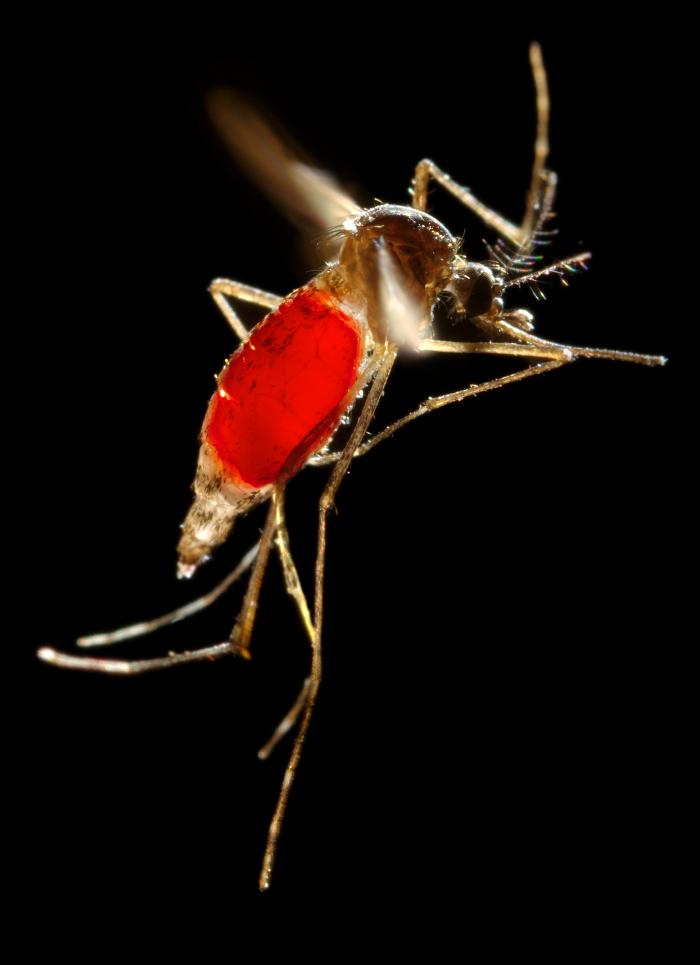The Angola yellow fever outbreak continues to mount concerning cases and deaths. The latest numbers from the Ministry of Health in Angola reveals that some 1,600 suspected and confirmed (516) cases have been reported nationally, including 230 deaths. This is up from 1409 and 198, suspected and confirmed cases and deaths one week ago, respectively.

The majority of yellow fever cases and deaths have been in Luanda Province. However, cases have been reported throughout the country.
Up to date, 5.8 million people have been vaccinated in Luanda against yellow fever using vaccines from the International Coordination Group emergency stockpile. With support from WHO, about 7.355 million doses of yellow fever vaccine have been acquired by the country respond to the outbreak.
Although vaccination is the most important preventive measure against yellow fever, Director-General of WHO, Dr Margaret Chan, who recently visited Angola said it is necessary to make aware the population about the importance of their understanding and involvement in the vector control activities and in the elimination of the breading sites of the vector, the mosquito Aedes aegypti, in their houses and their near environment. Without this involvement of the community, they make continue to be victims not only of the yellow fever but potentially of all other diseases transmitted by the same vector: dengue, chikungunya and the new Zika virus that is currently affecting the American continent.
The outbreak in Angola has affected other nations through the importation of yellow fever and cases of foreign nationals in Angola.
In China, a total of 9 laboratory-confirmed yellow fever cases imported from Angola have been reported in China. Kenya has reported two imported cases from Angola.
On Thursday, the Centers for Disease Control and Prevention (CDC) updated their travel notice to Angola.
Yellow fever is a disease caused by a virus, which is spread through mosquito bites. Symptoms take 3–6 days to develop and include fever, chills, headache, backache, and muscle aches. About 15% of people who get yellow fever develop serious illness that can lead to bleeding, shock, organ failure, and sometimes death.
Related:
- Sweden Lassa fever: Imported from Liberia, Additional details
- Ebola flare-ups: Liberia and Guinea
- Uganda mystery outbreak: Ebola, Marburg and RVF ruled out


The second name of the yelow fever/dengue mosquito is aegypti, beginning with a small “a” & ending in the letter “i”.
Thank you, Robert, for updating the numbers and correcting the name of the mosquito. Two other things to notice: Dengue & Chikungunya fevers are descriptive words from non-English languages and should be spelled dengue & chikungunya without caps — like yellow fever. The new Zika virus is named for a forest in Uganda and therefore keeps its capital letter. I have worked in research labs on all 3 viruses.